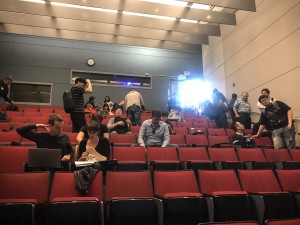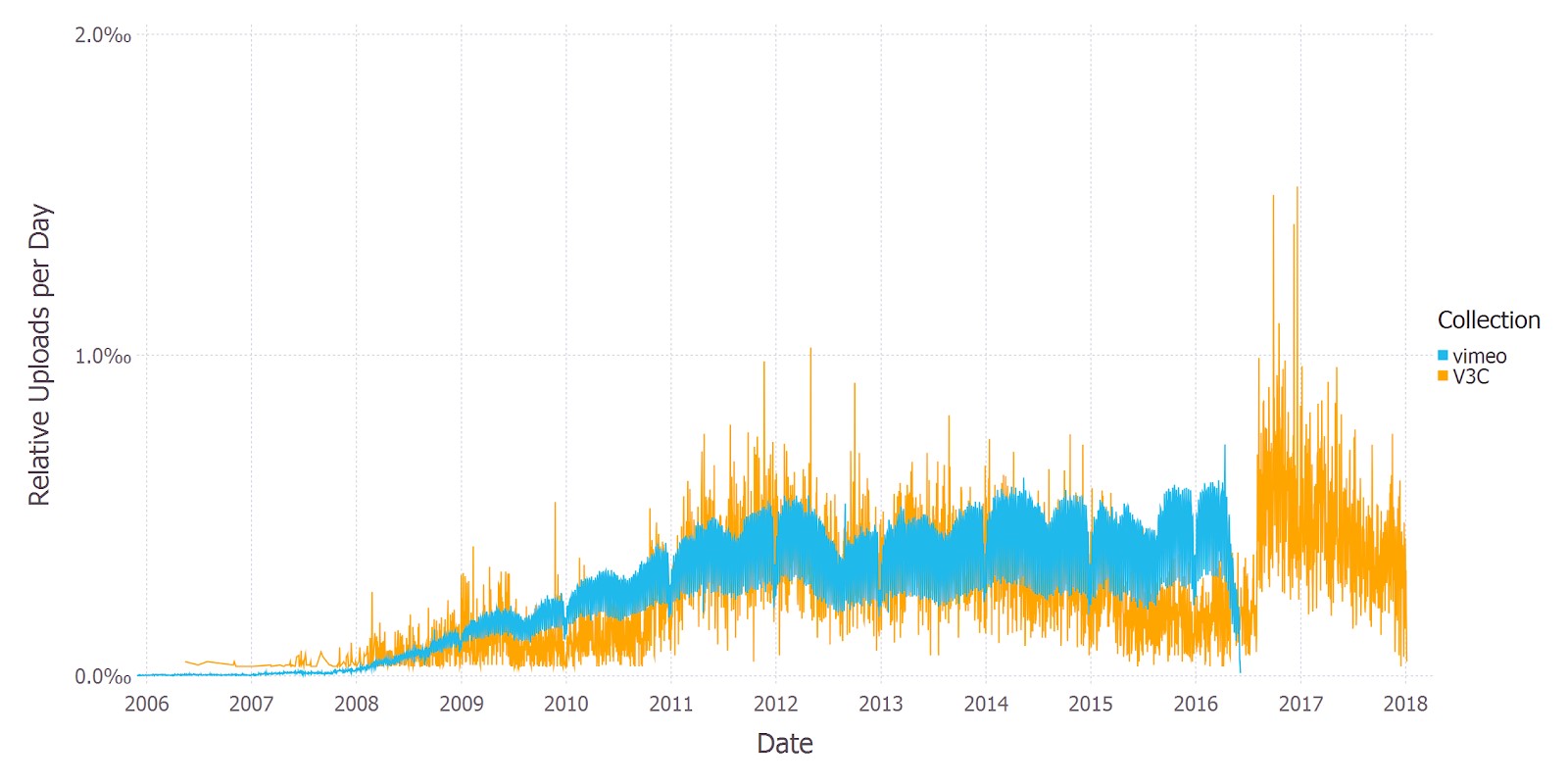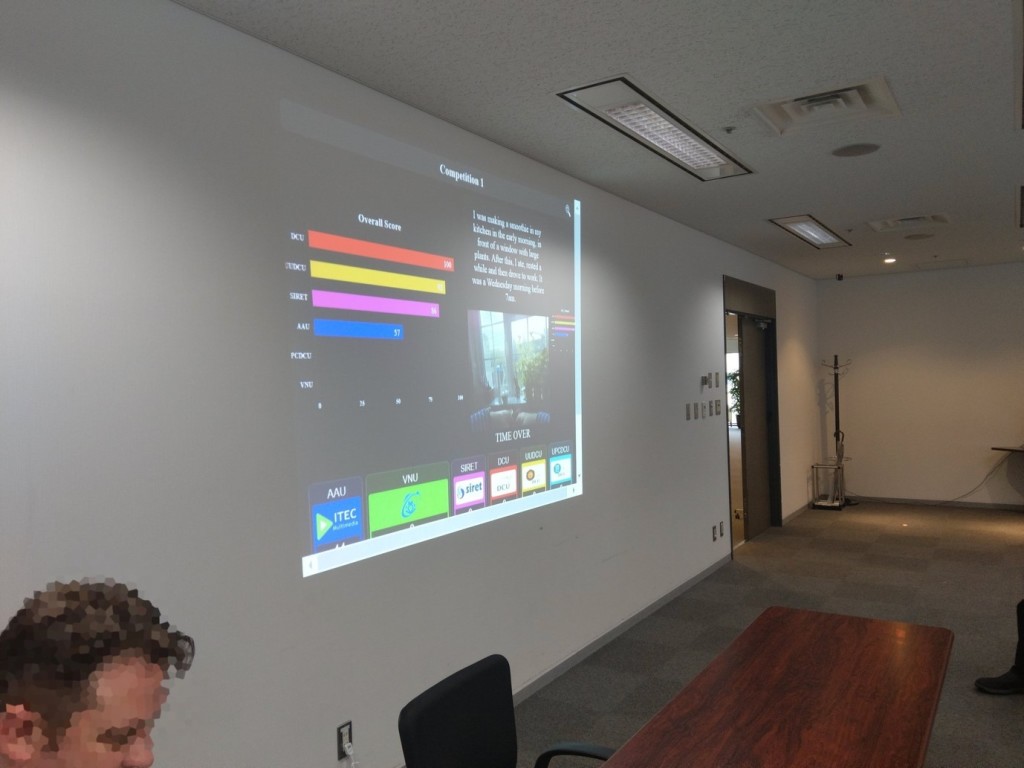In this note I provide an update on some recent SIGMM funding initiatives we are putting in place in 2020. These come about based on feedback from you, our members, on what you believe to be important and what you would like your SIGMM Executive Committee to work on. The specific topics covered here are the new SIGMM test of Time Paper Award, the various projects to be funded as a result of our call for funding applications for special initiatives some of which are further support for student travel, and the SIGMM sponsorship of conference fee reduction.
The SIGMM Test of Time Paper Award
A new award has just been formally approved by the ACM Awards Committee called the SIGMM Test of Time Paper Award with details available here. To have an award formally approved by ACM the proposal has to be approved by a SIG Executive Committee, then approved by ACM headquarters, then approved by the ACM SIG Governing Board and then approved by the ACM Awards Committee. This ensures that ACM-approved awards are highly prestigious and rigorous in the way they select their winners.
SIGMM has been operational for 26 years and in that time has sponsored or co-sponsored more than 100 conferences and workshops, which have collectively published more than 15,574 individual papers. 5,742 of those papers have been published 10 or more years ago and the SIGMM Executive believes it is time to recognise the most significant and impactful from among those 5,742 papers.
The new award will be presented every year, starting this year, to the authors of a paper published either 10, 11 or 12 years previously at an SIGMM sponsored or co-sponsored conference. Thus the 2020 award will be for papers presented at a 2008, 2009 or 2010 SIGMM conference or workshop and will recognise the paper that has had the most impact and influence on the field of Multimedia in terms of research, development, product or ideas. The paper may include theoretical advances, techniques and/or software tools that have been widely used, and/or innovative applications that have had impact on multimedia computing.
The award-winning paper will be selected by a 5-person selection committee consisting of 2 members of the organising committee for the MULTIMEDIA Conference in that year plus 3 established and respected members of our community who have no conflict of interest with the nominated papers. The nominated papers are those top-ranked based on citation count from the ACM Digital Library, though the selection committee can add others if they wish.
Faced with the issue of recognising papers published prior to the 10, 11 or 12 year window of consideration, in this inaugural year when we announce the inaugural winner from 2008/2009/2010 we will also announce a set of up to 14 papers published at SIGMM conferences prior to 2008 as “honourable mentions” which could have been considered as strong candidates in their year of publication, if there had been an award for that year. The first SIGMM MULTIMEDIA Conference was held in 1993 but was not sponsored by SIGMM as SIGMM was formed only in 1994, and so these up to 14 honourable mentions will cover the years 1994 to 2007 inclusive.
Selecting these papers from among all these candidates will be a challenging task for the selection committee and we wish them well in their deliberations and look forward to the award announcements at the MULTIMEDIA Conference in Seattle later this year.
SIGMM Funding for Special Initiatives 2020
For the last three years in a row, the SIGMM Executive committee has issued an invitation for applications for funding for new initiatives, which are submitted by SIGMM members. The assessment criteria for these initiatives were that they focus on one, or more, of the following:
– building on SIGMM’s excellence and strengths;
– nurturing new talent in the SIGMM community;
– addressing weakness(es) in the SIGMM community and in SIGMM activities
In late 2019 we issued our third call for funding and we received our strongest yet response from the SIGMM community. Submissions were evaluated and assessed by the SIGMM Executive and discussed at an Executive Committee meeting and in this short note I outline the funding awards which were made.
Before looking at the awards, it is worth reminding the reader that starting this year, SIGMM is centralising our support for student travel to our SIGMM-supported events, namely ICMR (in Dublin), MMSys (in Istanbul), IMX (in Barcelona), IH&MMSec (in Denver), MULTIMEDIA (in Seattle) and MM Asia (in Singapore). As part of this scheme, any student member of SIGMM is eligible to apply, however, the students who are the first author of an accepted paper) are particularly encouraged. The value of the award will depend on the travel distance with up to US$2000 for long-haul travel and up to US$1000 for short-haul travel which are defined based on the location of the conference. Details of this scheme and the link for submitting applications have already started to appear on the websites of some of these conferences.
With the SIGMM scheme supporting travel for student authors as a priority, some of these conferences applied for and have been approved for further funding to support other conference attendees and the IMX Conference in Barcelona, in June 2020 was awarded travel support for under-represented minorities while the MMSys conference in Istanbul in June 2020 was awarded travel support for non-student minorities. In both these cases the conferences themselves will administer selection and awarding of the funding. Student travel support was also awarded to the African Winter School in Multimedia, in Stellenbosch, South Africa in July 2020, an event which SIGMM also sponsors.
A number of other events which are not sponsored by SIGMM but which are closely related to our area also applied for funding to support student travel and the following have also been awarded funding for supporting student travel:
– the Adaptive Streaming Summer School, in Klagenfurt, Austria, July;
– the Content Based Multimedia Information (CBMI) Conference, in Lille, France, September;
– the International Conference on Quality of Multimedia Experience (QoMEX), in Athlone, Ireland, May, for female and under-represented minority students;
– the MediaEval Benchmarking Initiative for Multimedia Evaluation, workshop, late 2020.
All this funding, both the centralised and the special awards above, will help many students to travel to events in multimedia during 2020 and in addition to travel support, SIGMM will fund a number of events at some of our conferences. These include a women and diversity lunch at CBMI in Lille, a diversity lunch and childcare support at the Information Hiding and Multimedia Security Workshop (IH&MMSec) in Denver, childcare support and a diversity and an inclusion panel discussion at IMX, a multimedia evaluation methodology workshop at the MediaEval workshop, and childcare support and an N2Women meeting at MMSys.
We are also delighted to announce that SIGMM will also support some other activities besides travel and events and one of these is the costs of software development and presentation for Conflow at ACM Multimedia in Seattle. Conflow, and its predecessor ConfLab is a unique initiative from Hayley Hung and colleagues at TU Delft which encourages people with similar or complementary research interests to find each other at conference and ultimately to help them to connect with potential collaborators. It does this by instrumenting a physical space at an event with environmental sensors and distributing wearable sensors for participants who sign up and agree to have data about their interactions with others, captured, anonymised and used as a dataset for analysis. A pilot version at ACM Multimedia in Nice in 2019 called ConfLab ran with several dozen participants and was built around the notion of meeting the conference Chairs and this will be extended in 2020.
The final element of the SIGMM funding awarded recently was to the ICMR conference in Dublin in June which will be the testbed for calculation of a conference’s carbon footprint. ACM already has some initiatives in this area based on estimating the CO2e cost of air travel of conference attendees to/from the venue and there are software tools to help with this. The SIGMM funding will include this plus estimating the CO2e costs of local transport, food, accommodation, and more, plus it will also raise awareness of individual carbon footprints for delegates. This will be done for ICMR in a way that allows the process of calculating made available for other events.
SIGMM Sponsorship of Conference Fee Reduction
The third initiative which SIGMM is starting sponsorship of in 2020 is a reduction in the registration fees for SIGMM-sponsored conferences and this means for ICMR, MMSys, IMX, IH&MMSec, MULTIMEDIA and MM Asia. This has been a particular bug-bear for many of us so it is good to be able to do something about it.
Starting in 2020, SIGMM will sponsor US$100 toward conference registration fees for SIGMM members only, for the early-bird conference registrations. This will apply to students and non-students, and to ACM members and non-members. It means the conference registration choice may look a bit complicated but basically if you are an ACM member you get a certain reduction, if you are a SIGMM member you also get a reduction (from SIGMM), and if you are a student then you also get a reduction. The amount of the reduction in the conference fee for being a SIGMM member ($100) is far more than the cost of joining SIGMM (which is either $20 or $15 for a student) thus it makes sense to join SIGMM and get the conference fee reduction and your SIGMM membership is an important thing for us.
The SIGMM Executive Committee believe this fee sponsorship is an appropriate way of giving back to the SIGMM community. Beyond 2020 we have not made a decision on sponsoring conference fee reductions, we will see how it works out in 2020 before deciding.
I’d also like to add one final note about attending our conferences and workshops. We have a commitment to addressing diversity in our 25 in 25 strategy and we also have “access all areas” policy for our conferences. This means that a single registration fee allows access to all events and activities at our conferences … lunches, refreshments, dinners, etc., all bundled into one fee. We also support those with special needs such as accessibility or dietary requirements and when these are brought to our attention, typically when an attendee registers, then we can put in place whatever support mechanisms are needed to maximise that attendee’s conference experience. Our events strive to be harassment-free and pleasant conference experiences for all participants. We do not tolerate harassment of conference attendees and that means all our attendees, speakers and organizers are bound by ACM’s Policy Against Harassment. Participants are asked to confirm their commitment to upholding the policy when registering.
Finally, thank you for your support of SIGMM and our events. If there is one thing you can do to help us to help you, it is joining SIGMM, not just for the reduced conference registration fee but to show your support for what we do. With a fixed rate of $20 or $15 for a student you’ll find details on the SIGMM Membership tab at http://sigmm.org/




































